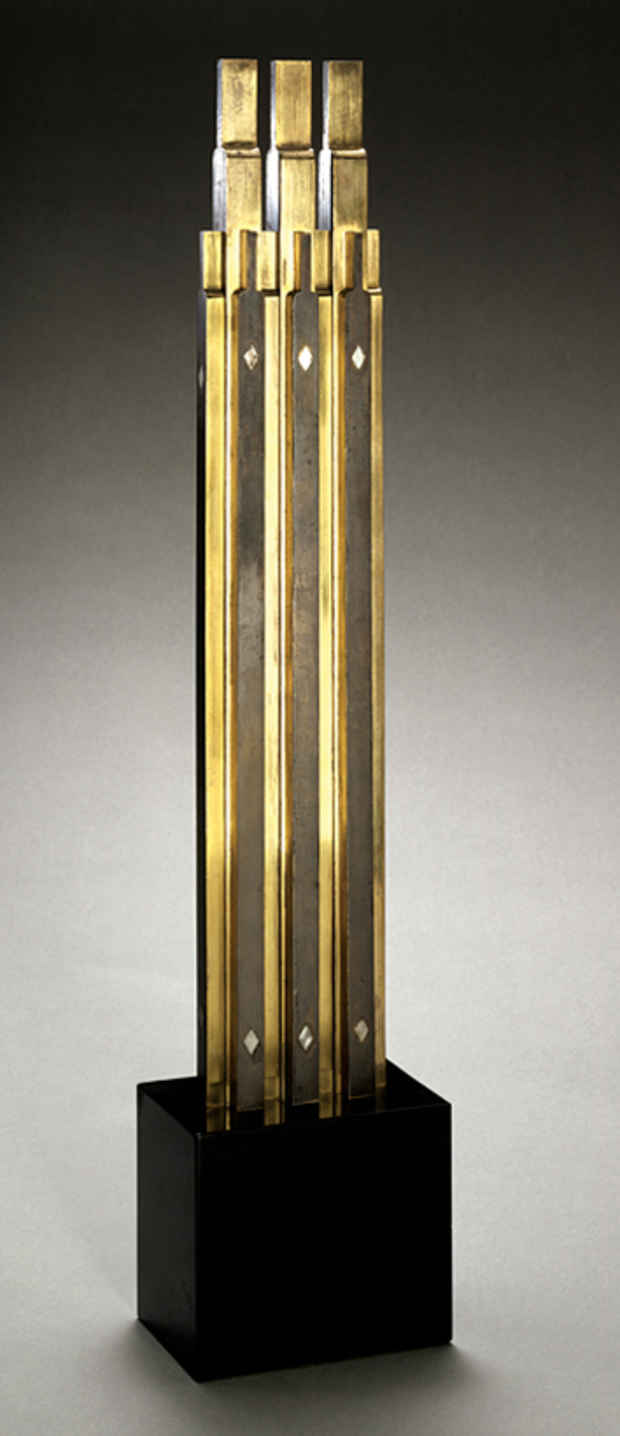John Storrs "Machine-Age Modernist"
Grey Art Gallery

This event has ended.
John Storrs (1885–1956) was one of the most important modernist sculptors to emerge in the early 20th century. During the 1910s and ’20s, he divided his time between his native Chicago and Paris, where he found a community of likeminded artists committed to invention and to redefining traditional art forms. After studying with Auguste Rodin in 1913, Storrs reinvigorated the largely academic medium of sculpture with a radicalism then unknown in America. An avid admirer of Louis Sullivan and Frank Lloyd Wright—whose architecture he had encountered as a young man in the Midwest—he adopted their columnar, “building block” idioms into his own work. The spare, freestanding stone sculptures that Storrs created between 1917 and the early 1920s in both figural and abstract modes echo the burgeoning Art Deco movement.
In 1923 Storrs’s solo exhibition at Katherine Dreier’s Société Anonyme in New York established him as a member of the international avant-garde. While in New York, he met Marcel Duchamp, Man Ray, and Joseph Stella, artists he remained friendly with into the early 1930s. At the same time, he was drawn to the Manhattan skyline with its new towering skyscrapers, a building type still largely unknown in Europe. Storrs’s “Studies in Architectural Forms,”as he dubbed many of his works, are exhilarating embodiments of the built environment and machine-age culture. Reductivist statements in metals such as aluminum, brass, and copper, they anticipate the austere, industrial forms of Minimalist art of the 1960s and ’70s.
Machine-Age Modernist focuses on the most innovative phase of Storrs’s sculpture, from 1917 through the early 1930s, and features most of the known works from the period. With the onset of the Great Depression in 1929 and the emergence of totalitarian regimes in Europe, commissions became scarce and his financial resources greatly limited. In response, he turned to painting—a less expensive medium than sculpture—and again adopted figurative references. Nonetheless, Storrs remains best known for his lustrous metal sculptures. Poised at the forefront of European and American avant-gardes, Storrs created an art which melds old and new world concerns, and which convincingly attests to a society enraptured with the sleek aesthetic embodied in early skyscrapers.
Media
Schedule
from April 12, 2011 to July 09, 2011